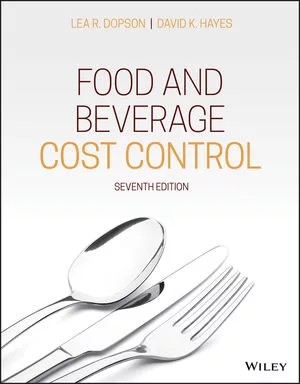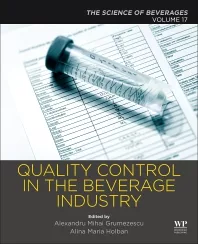Major measurement techniques determine warehouse efficiency, costs
Utilization, performance and productivity play key roles in beverage facilities
Research and analysis have revealed that term warehouse has different labels: distribution terminal, sales center and fulfilment storage, depending upon the functional use of the facility and the industry involved. In the beverage arena, distribution center is an appropriate reference, serving as the concluding step in the beverage supply chain.
Therefore, the distribution center becomes a focal point for evaluating how efficiency is defined and what actually is involved when beverage packaging is handled, so that useful warehouse performance and costing figures can be determined in a dynamic beverage marketing environment.
From an operations perspective, in reality, three major measurement techniques actually are involved in terms of efficiency ― utilization, performance and productivity ― with each specifically covering most warehousing operations.
The significant factors related to these measurement techniques are space, vertical and horizontal; distances, movement to/from storage, staging and loading/unloading areas; time required to perform all tasks throughout the facility.
Utilization of space, square footage or vertical cubes (clear height allowances) is dependent upon warehouse design and frequency/magnitude of volume throughput at various periods during the year. The percentage of utilization often is referred to as efficiency. However, space use is a highly variable factor, making it a constant challenge for management and requires detailed analysis of seasonal demands, quantity variations, slow/fast moving items and package mix impacts.
Performance of required warehouse tasks is a key element in assessing labor needs and operating costs. The most direct and realistic approach requires compiling data on the intended use of the facility and documenting tasks performed at warehouse work stations. For example, vehicle unloading/loading, movements to/from storage, stock rotation, order staging, transit movement, volume allocation, route organization and other tasks that might be initiated.
These tasks, basic in warehousing operations regardless of product, require labor and mechanical devices that incur cost as they are performed. Normally, time standards are established for required tasks and actual time is recorded then compared with standards for calculation of a true performance figure, which equates to the cost of any task.
Productivity, the third major measuring technique of the efficiency issue, is significant and impacted by movement frequency, distances, time consumption and methods used for each task or group of tasks ― the quantity handled for each actual labor or machine time used.
Most warehouse tasks are powered by forklift trucks carrying full pallets of product from point A to point B. However, if the forklift returns from point B to A without a full pallet or other pallets, productivity is affected. A run utilization in beverage operations, this example deliver a benchmark standard of 80%. Although accepted, it reflects an improvement challenge.
Warehouse size, small or large, has an impact on all measuring techniques used to assess cost of an operation. Description and content of the tasks are essential to properly establish standards that are used to calculate true efficiency, determine performance levels, measure productivity and ultimately warehouse cost. Using efficiency as an overall measure might be traditional, but the complexity of warehouse operations demands a more detailed approach for accurate assessment
Looking for a reprint of this article?
From high-res PDFs to custom plaques, order your copy today!






